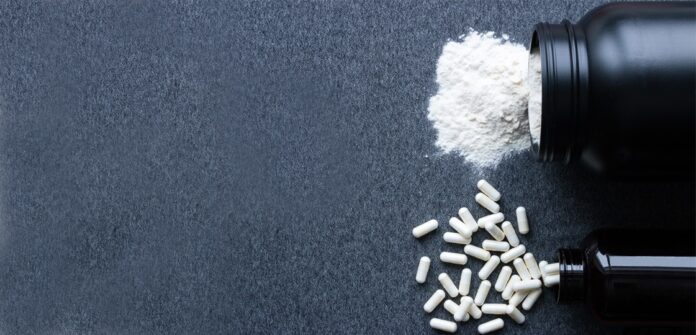Creatine is popular among bodybuilders and professional athletes as a workout supplement. Because it is an amino acid that is taken up quickly by working muscles when ingested as a fuel source, creatine enables the individual to work out longer than they would otherwise. With proper dosing, creatine makes it possible to bang out more reps and sets before hitting muscle failure. This in turn speeds up growth of the muscles (provided you are working out safely and properly).
The big caveat here is that response to creatine is individualized, and some people are non-responders to it. Determining whether or not it works for you is largely a matter of experimenting with it before or during a workout.
Differences In Creatine Types
There are now a wide range of types of creatine. This is mostly just an ongoing marketing war between supplement manufacturers, but there are a couple of advantages to the more exotic (and expensive) varieties.
The basic standard is creatine monohydrate. This is pure creatine (a good supplement will be at least 99.8 percent pure) and will provide the desired results. The only knock against it is that it’s somewhat difficult to dissolve in water; when it does dissolve, it breaks down quickly, so must be consumed immediately after mixing for it to be effective.
The other exotic creatine varieties can be safely ignored, as they are either less effective or contain undesirable additives, and they usually are priced at a premium. However, there are two that are worth making a note of.
- Micronized creatine is a form created primarily for those who have digestive issues with processing creatine monohydrate. If you look bloated or feel gassy after taking creatine monohydrate, but it otherwise seems to be improving your workout, give this variety a try.
- Creatine ethyl ester (CEE) has a lot of marketing behind it claiming that the addition of an ester molecule to creatine makes everyone respond to it. This hasn’t been fully verified by medical study yet, however. The ester does seem to have a seriously negative impact on the taste, which may require masking with either sugar or an artificial sweetener.
Creatine Dosing
Creatine monohydrate has a long history of scientific study, and in successful studies a dose of 5 grams per day seems to be the optimal amount at which maximum muscle gain occurs. Taking more than that amount is likely just wasting creatine. Supplement bottles usually come with a plastic scoop to measure out the recommended dose.
Creatine may benefit those eating a vegetarian or vegan diet more than it does those who regularly eat meat, as meat is already rich in creatine. If you eat meat, you may want to evaluate how much creatine is in your normal meals and step down your daily supplement dose accordingly so as not to waste any.
Creatine Safety
Creatine is largely regarded as a safe supplement. The one potential point of issue is for those who have some sort of kidney complications. Diabetics should also avoid supplementing with creatine, as it can lead to the formation of kidney stones.
The post Buyer’s Guide to Creatine appeared first on FitMinutes.









